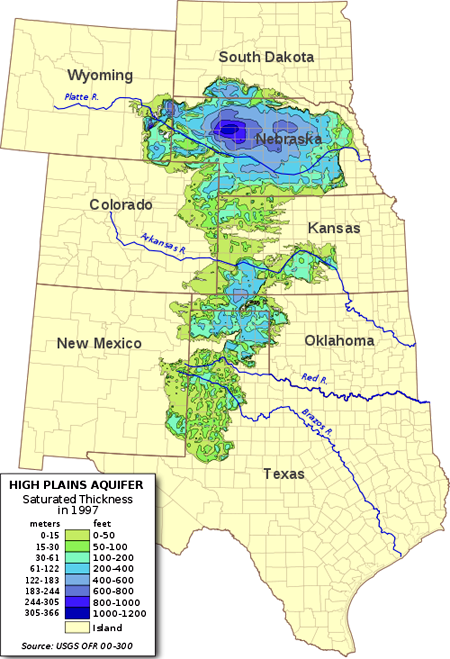- The Pantex Plant near Amarillo,
Texas began operations in 1942. During the Second World War,
its main function was to load conventional ordnance bombs and
shells with explosive materials. This factory was decommissioned in
1945. In 1949, the government sold the plant to Texas Technological
College (now Texas Tech University) for one dollar. The army
required the site in 1951 at the request of the Atomic Energy
Commission, so that the AEC could build a facility to assemble and
disassemble nuclear weapons. Procter and Gamble was the operating
contractor. The Mason and Hanger-Silas Mason Company, contracted to
rehabilitate the facility, took over operating the plant in 1956
when Procter and Gamble declined to renew its five-year contract.
In 1963, the AEC assumed full control of the site. In 1984, and
again in 1989, several thousand additional acres were leased from
Texas Tech as a security buffer.
Pantex has been the main facility to put together nuclear weapons
components into the final product, having assembled almost all of
the over 60,000 nuclear weapons produced in the United States. It
has also been responsible for dissembling nuclear weapons, but the
exact number involved is not clear because the lines between
assembly and disassemble are blurred. The US Department of Energy
has implied that some 50,000 nuclear weapons were permanently
disassembly between 1945 and 1992 at Pantex, but in 1993, the DOE
admitted that probably only 10,000 to 15,000 were actually
permanently disassembled (emphasis added). Pantex has facilities
for fabricating the non-nuclear high explosives that compress the
plutonium trigger of a nuclear weapon. When a weapon is
disassembled, the high explosive is removed to avoid an accidental
detonation. The high explosives are burned in the open air in an
area known as the burning ground.
Pantex has released both radioactive
and non-radioactive hazardous materials into the environment. DOE
reports only 134 cubic meters of low-level radioactive waste is
buried at Pantex. This relatively small volume is explained by the
fact that the plant ships most of its waste to other facilities in
the US.
One of the main environmental concerns arising from Pantex is the
potential contamination of the Ogallala Aquifer which is about 150
meters deep in the area of Pantex. To date, no contamination has
been detected in the aquifer. However, a number of crucial water
systems at Pantex have been contaminated, (emphasis added) and some
evidence points to possible future contamination of the
Ogallala.
Pantex has on-site, a continuous system of
‘perched’aquifers, comprising shallow, local zones of
water. In 1993, the DOE reported that ground water sampling in one
of the perched aquifers indicated the presence of various solvents,
heavy metals, and high explosives, but the Department maintained
that perched aquifers are "distinctly separate" from the Ogallala.
However, a 1993 study found that "all recharging ground water that
is perched" will eventually migrate "downward to the Ogallala
aquifer"; and residents near the plant use this aquifer for
drinking water and agriculture, although it is not used for these
purposes on-site. Furthermore, a 1988 DOE study found that the
release of waste chemicals to unlined waste pits from 1954 to 1980
posed a risk of migration into ground water, which would
contaminate aquifers used for local water supplies. The study
ranked this chemical contamination risk at Pantex among the
greatest hazards in the overall US nuclear weapons complex. The
chemicals involved include toluene, acetone, tetrahydrofurane,
methanol, dimethylformamide, methyl ethyl ketone, perchlorate and ethanol.
There is also evidence of uranium releases into the environment at
Pantex. According to a 1985 DOE report, uranium in vegetation
samples at Pantex exceed background by 70 times, and uranium
concentrations in the kidneys of jackrabbits on the site were four
to six times greater than background.
Pantex officially stopped assembling nuclear weapons in the early
1990s. However, it continues to maintain existing weapons systems,
and also dismantles them. In some cases, dissembled weapons may be
refurbished and reassembled for subsequent deployment. Currently,
activity at Pantex is centered on the dismantlement of nuclear
weapons and the storage of plutonium pits.
Plutonium pits from dismantled warheads are accumulating rapidly at
Pantex. In times past these pits were sent to the DOE’s Rocky
Flats Plant near Denver Colorado for reworking into new warheads.
Now that the mission at the Rocky Flats site has changed from
production to clean-up, the pits are being stored at Pantex for
what the DOE has called an "interim period". Since the long-term
disposition of plutonium has yet to be firmly decided, the interim
storage of thousands of plutonium pits at Pantex could stretch into
the decades. As Pantex has not been designed as a plutonium storage
facility, this practice as mandated by the DOE is highly
dubious.
Excerpts from Nuclear Wastelands: A Global Guide to Nuclear Weapons
Production and It’s Health and Environmental Effects, Arjun
Makhijani et al (eds.), The MIT Press, 1995.
- Se også: Peace Farm ; Pinellas
Plant, Largo, Florida.
Send
kommentar, email
eller søg i Fredsakademiet.dk





